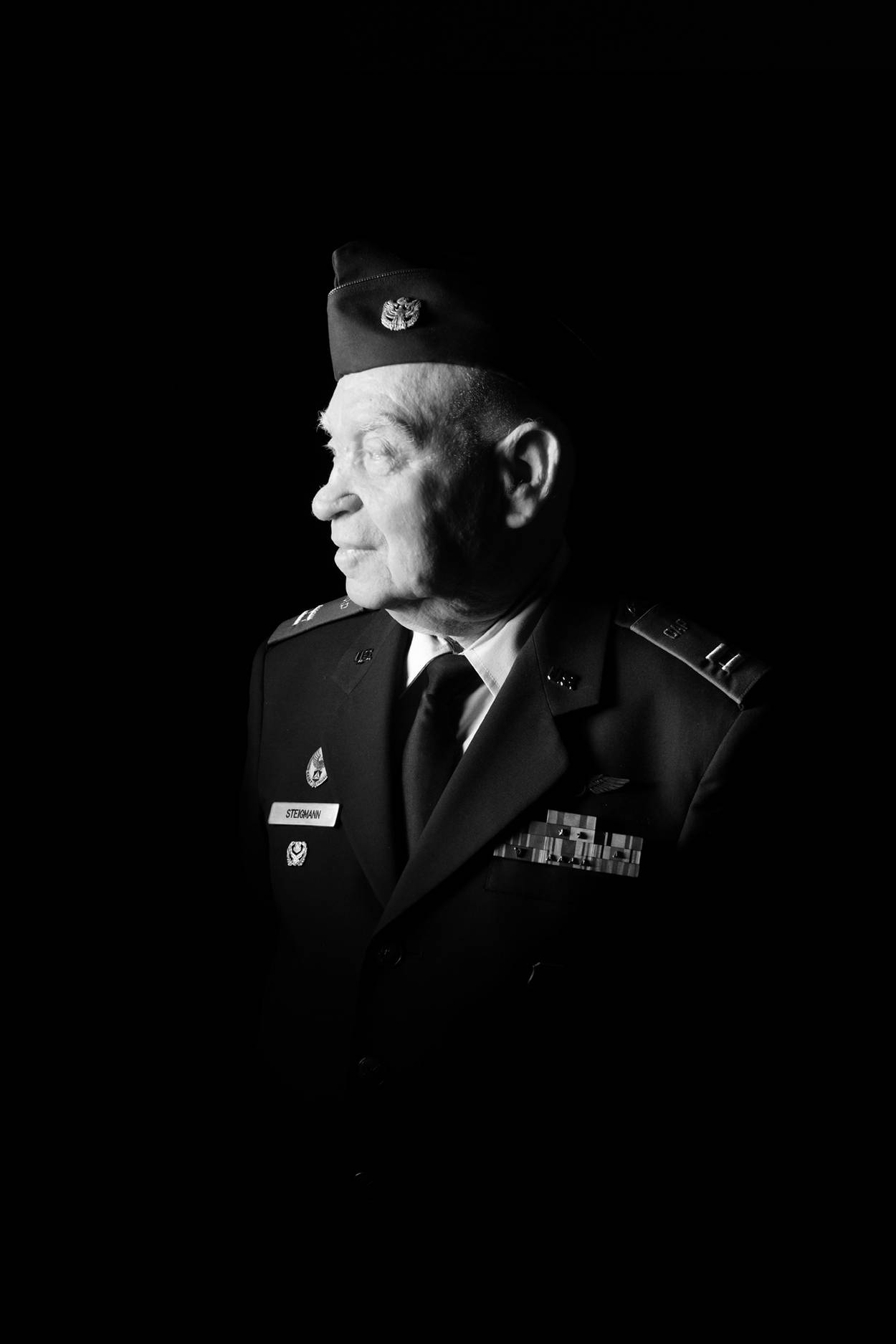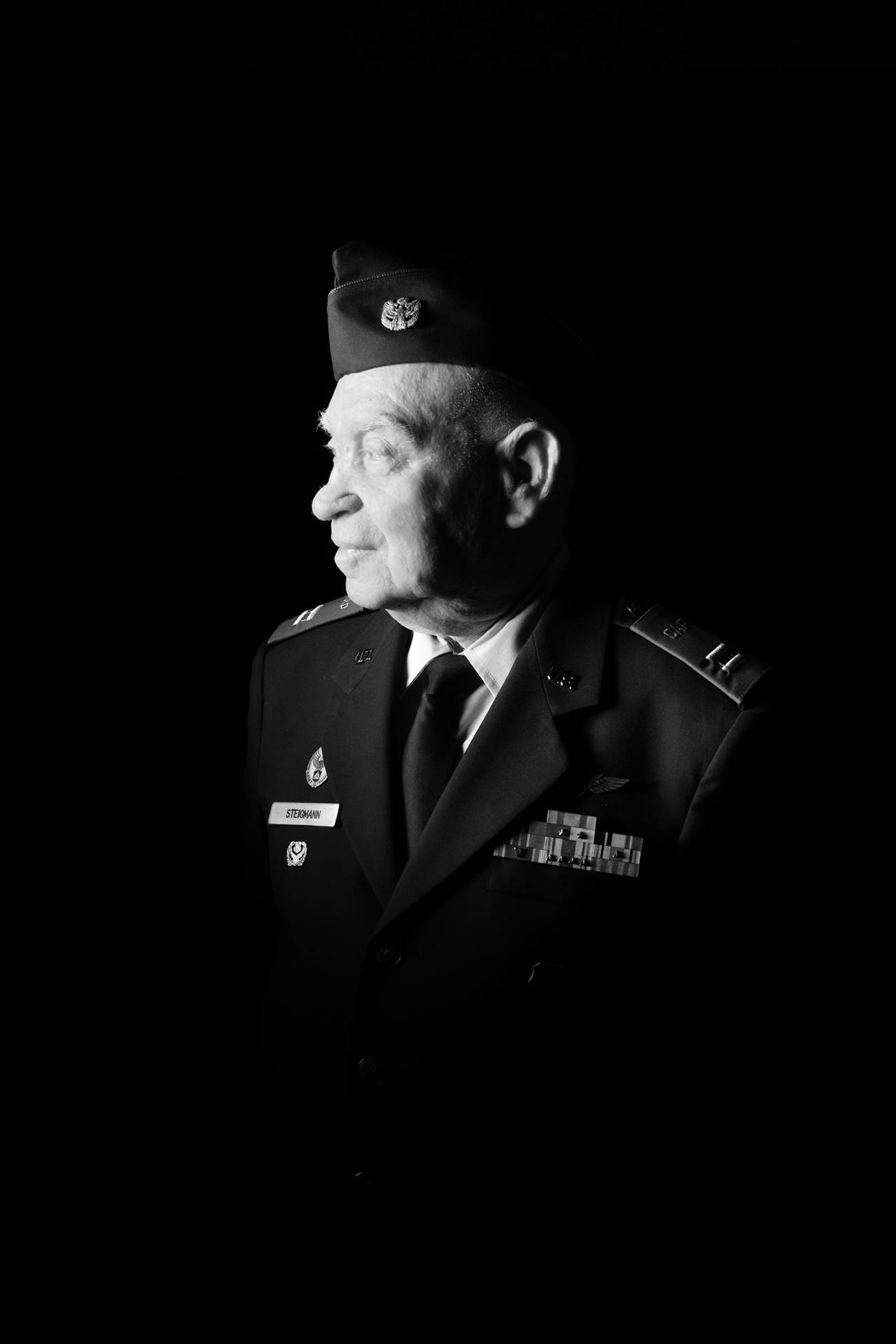Portraits of Hope and Resilience
Photographer B.A. Van Sise shares stories of Holocaust survivors and how they built new lives after losing so much




“No matter how it might seem, this is not a book about the Holocaust,” B.A. Van Sise writes as the opening line of his recently released book, Invited to Life: Finding Hope After the Holocaust. “This is a story of overcoming.” The book is large and heavy, both in weight and in essence. In it, Van Sise shares the stories—and portraits—of 90 Holocaust survivors.
Van Sise began working on what would become Invited to Life while he was a photojournalist at The Village Voice. “I pitched my editor at the time, I said I want to do a photo series exploring the lives of a dozen American refugees who came here after the Second World War,” he said. “I reached out to the Museum of Jewish Heritage to find a dozen survivors. And pretty soon thereafter I had photographed 37. And while I was in the process of this project, my absolutely beloved Village Voice collapsed.”
The director of the Museum of Jewish Heritage reached out to Van Sise and asked if he was interested in using his portraits to do an exhibition on the exterior of the museum. Van Sise agreed. “I didn’t want to have done it for nothing,” he said. After a planned six-month exhibition, Eyewitness: Photographs by B.A. Van Sise stayed up for four years.
During that time, Van Sise moved on to other projects. Then came COVID-19.
“When the pandemic hit, I was absolutely ruined,” said Van Sise. He had been working on travel assignments, and photographing a few weddings a year, so when travel and weddings were put on hold, he started feeling sorry for himself. “I started thinking really obsessively about the survivors that I had met,” said Van Sise. “Not about the experience that they all had, but the fact that these folks had lost everything—more than I could imagine—and they still found a way forward and had forged a future. And I wanted to learn more from them, and share what I learned from them.” And that’s how Invited to Life came to be.
By focusing on the stories of overcoming, finding hope, and redefining what it means to survive, Van Sise hoped to rewrite the narrative many people are used to reading about the Holocaust. “I wanted to explore what happened to these folks after they lost everything, which is a story that most don’t tell,” he said. “They lost their families, and homes. They had to start completely and totally anew, and nobody ever really talks about that. I wanted to explore how they got from these terrible unhappy stories to these very long ever-afters. And if you meet survivors, you know, they’re pretty joyous people. They’re very strong people. I wanted to explore how that happened.”
“The first Holocaust survivor I ever met in my life was the first I ever photographed for this project,” said Van Sise. “Now I’ve become, truly, friends with a lot of the survivors I’ve come to know, admire, and care about deeply.”
Van Sise was enamored with the sense of resilience among refugees. His curiosity led him to dig deeper and explore how some survivors of the Holocaust who came from different families, faiths, and geographies had their traumatic experience in common, but went on to live vastly different lives. He wanted to know more about not just how they survived trauma, but how they lived afterward.
Van Sise’s background in poetry (he has published an anthology of poetry and photography titled Children of Grass: A Portrait of American Poetry) led him to the title of his newest book. “There’s a poem by Yehuda Amichai about his own experience as a survivor that inspired me,” he said. “He writes about the idea that he was invited to life, and mentions all of the simple pleasures of the world that he got to enjoy because he did survive. I love that line, so my book became Invited to Life.”
Van Sise considers himself a character in the book, so it was important to him that it reflect some perspectives other than his own. “I want people who read my book to feel as if they’re sitting in these rooms with me, hearing their accents—the way I hear them telling me their stories,” he said. “But it is an incredibly large and complex topic, and I wanted to emphasize that my viewpoint is not the only one.”
So he tapped Mayim Bialik, Neil Gaiman, and Sabrina Orah Mark to contribute essays that reflect their narrative on survivors. In Bialik’s essay, she reflects on the dichotomous feelings that come with growing up as an actress in Hollywood, and as a granddaughter of Holocaust survivors. Gaiman tells the story of how his cousin Helen survived the Holocaust by secretly reading Gone With the Wind, and giving children in her ghetto a reprieve by retelling the story; Helen inspired Gaiman to become a writer. And Orah Mark writes about her journey to Yad Vashem, searching for details about the story of Polish writer Bruno Schulz.
Most of all, Van Sise wants to change the narrative about how Holocaust survivors are portrayed in media today. “Survivors are often portrayed as being these weak, pathetic victims,” he said. “And they’re not that. I learned that people have a phenomenal capacity to do two things. The first is surprise you, and the second is to overcome. Regardless of their background, these people all lost everything, came back from it, rebuilt their lives, and still had a smile and a joke.”
Van Sise conducted the majority of these interviews and photo shoots during the height of the COVID-19 pandemic. He spoke with 140 survivors, 90 of whom are featured in his book. “I did 103 of these portraits between September 2020 and April 2021, and wow, was it the worst possible time,” he said. “But it was so worthwhile.”
At his first meeting with his first survivor in the book, Van Sise knew he had more to learn from the survivors, and so did the world. “Everybody came out of what we’ve been through in the last couple of years with a little bit of a bend in our machinery,” he said. “We’re all a little messed up. And if they can rebuild, so can we, and so can everybody else.”
The promise of hope is reflected in each of the stories Van Sise includes in Invited to Life. “I was always an optimist, and I’ll die an optimist,” said Sami Steigmann, 83, who is featured in the book. “When I tell my story, I don’t talk about the suffering. I will tell you what happened to me, but I’m not interested in making people sad. What I hope that this book will do is show resilience.”
Van Sise sees the audience for this book as anyone, anywhere, who may need some hope in their lives. “I very purposely aimed this book toward a general audience because fundamentally, Holocaust survivors are resilient and have lessons to teach all of us,” he said. “It’s important that people understand that these resilience stories are American stories, that these Jewish stories are American stories, and that these refugee stories are American stories.”
At least 28 of the survivors featured in his book have since passed away—including two since Van Sise and I first spoke. “It’s a little difficult to give an accurate number,” he said. “I try to keep track of them as best I can, but that’s of course imperfect.” But he still keeps in touch with many. “When I started this project, I had zero personal connections to the Holocaust,” he said, “and now I’ve got 140.”
Jamie Betesh Carter is a researcher, writer, and mother living in Brooklyn.